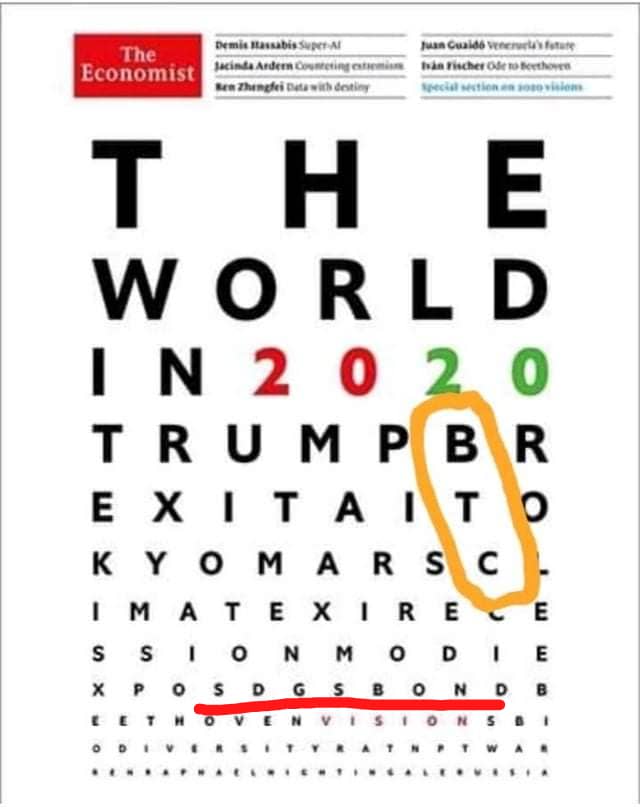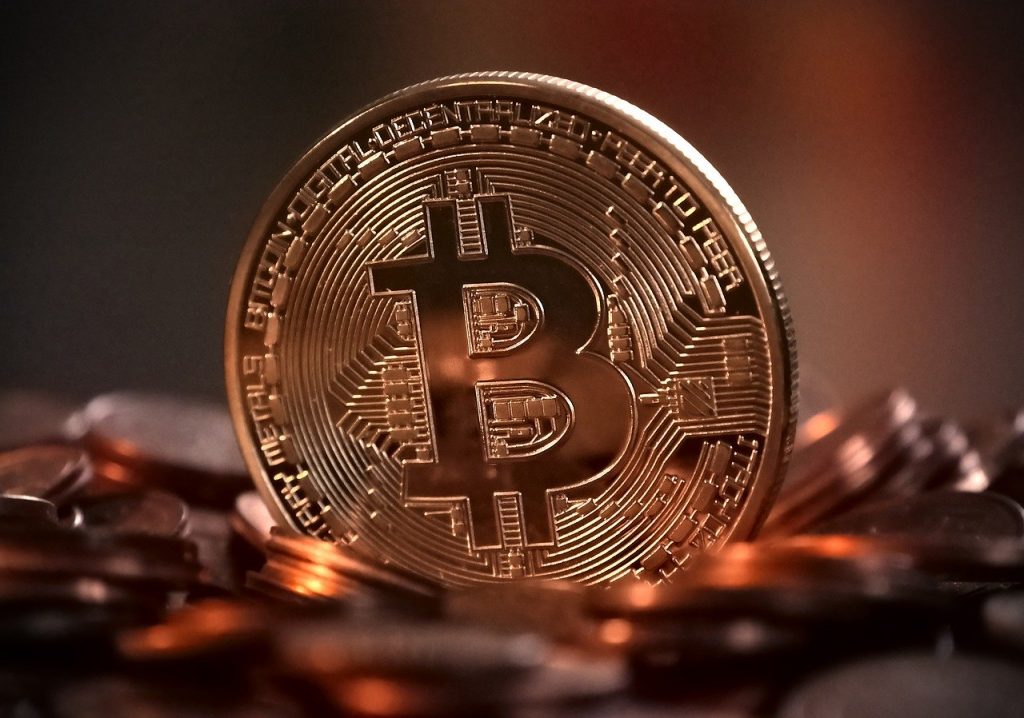The Green Bond
The green bond market is growing at a fast pace and has already reached over $240 billion.
While Africa and the Association of Southeast Asian Nations, or ASEAN, are recognized as the most promising markets for green bonds, the issuance volume remains comparably low due to the lack of trust and clear guidelines on green bonds issuance, as well as a lack of investor awareness.
The logic of any existing or future green bond framework or methodology can be described in the form of smart contracts and their integration with impact monitoring solutions. The impact is then automatically monitored, recorded on a blockchain with high transparency and immutability, and then attributed to the relevant financier. This opens doors to the issuance of programmable SDG bonds and blended finance instruments with their financial parameters linked to the impact data acquired directly from the project site.
Above notes excerpted from the article: Finding Digital Answers to Global Sustainability Threats By CoinTelegraph’s Guest Authors Alexey Shadrin, Tom Baumann, Marina Spitsyna and Miroslav Polzer.
Interesting enough, some hints from the cover of one of the recent issue of The Economist:

Islamic Green Finance – Blockchaining Sukuk

While Malaysia and the World Bank had successfully launched and proceed with a Green Bond project on Solar Energy farm, it is time for us to move further by implementing Emerging Technology to the working of it.
The key is to get a pilot project on this and deliver the PoC asap so we can move to the real market use on a wider scale.
Here’s my 2 sats about Blockchaining Sukuk, part of the content for a previous briefing to World Bank Group Malaysia Global Knowledge and Research Hub:
Programmable Money
What makes things more interesting is the technology ennoblement.
What we have now is truly border-less, programmable money backed by immutable computer systems based on pure logic & mathematics.
As what had been brought up in the topic “Do We Need A Nation-State Backed Crypto Exchange?“, money is a topic not to be missed.
Excerpt from the book by H.G.Wells:
There is one aspect of money to which the majority of those that discuss it seem to be incurably blind.
You cannot have a theory of money or any plan about money by itself in the air.
Money is not a thing in itself; it is a working part of an economic system.
Money varies in its nature with the laws and ideas of property in a community.
As a community moves towards collectivism and communism, for example, money simplifies out. Money is a necessary in a communism as it is in any other system, but its function therein is at its simplest.
Payment in kind to the worker gives him no freedom of choice among the goods the community produces. Money does. Money becomes the incentive that “works the worker” and nothing more.
But directly you allow individuals not only to obtain goods for consumption, but also to obtain credit to produce material for types of production outside the staple productions of the state, the question of credit and debt arises and money becomes more complicated.
With every liberation of this or that product or service from collective control to business or experimental exploitation, the play of the money system enlarges and the laws regulating what you may take for it, the company laws, bankruptcy laws and so forth increase.
In any highly developed collective system the administration will certainly have to give credits for hopeful experimental enterprises.
When the system is not collectivism, monetary operations for gain are bound to creep in and become more and more complicated.
Where most of the substantial side of life is entrusted to uncoordinated private enterprise, the intricacy of the money apparatus increases enormously.
Monetary manipulation becomes a greater and greater factor in the competitive struggle, not only between individuals and firms, but between states.
As Mr Streit himself shows, in an excellent discussion of the abandonment of the gold standard, inflation and deflation become devices in international competition.
Money becomes strategic, just as pipe lines and railways can become strategic.

Image by MichaelWuensch from Pixabay
